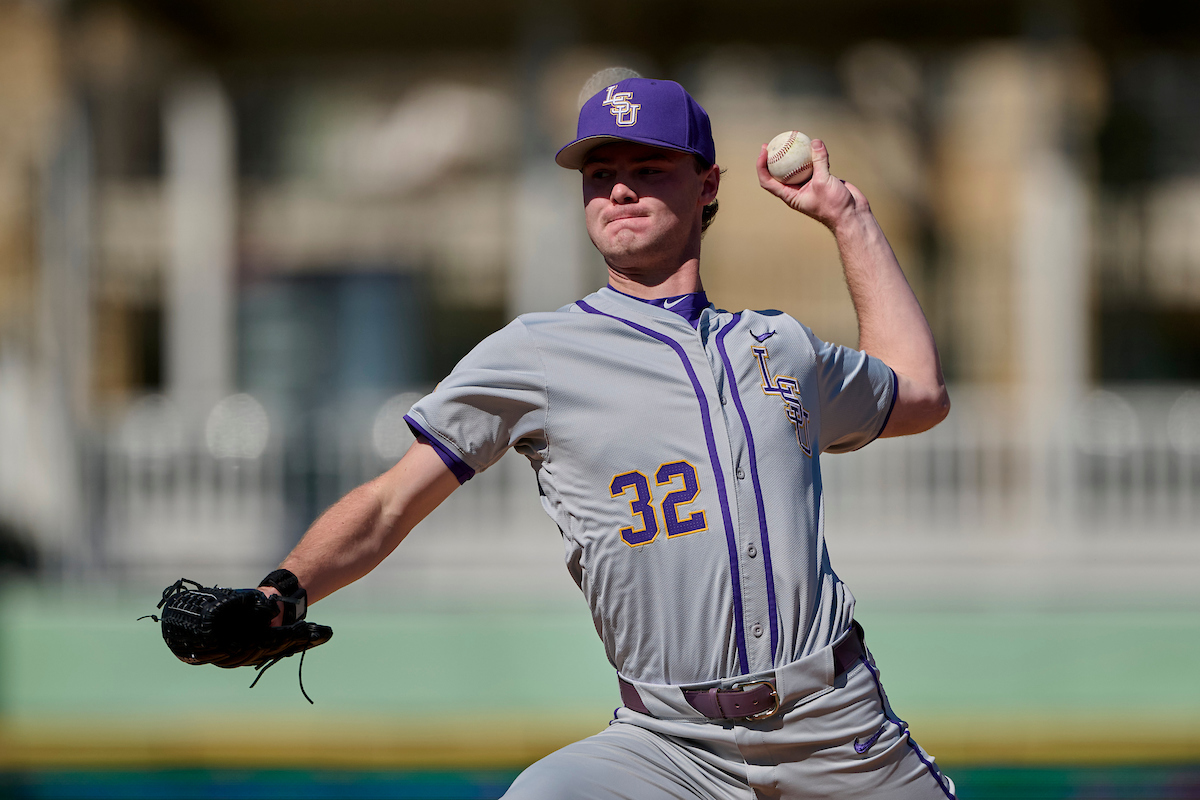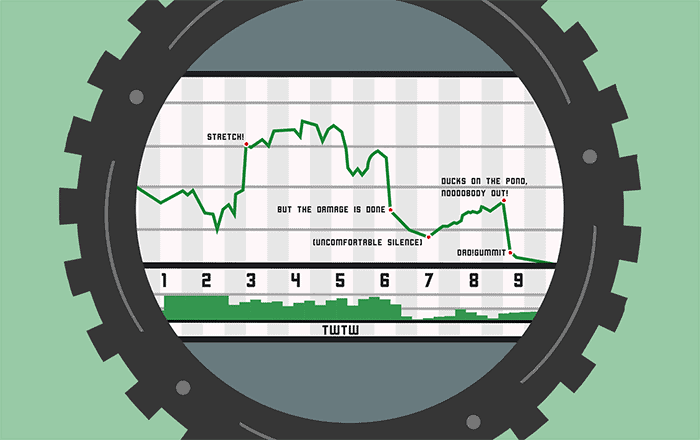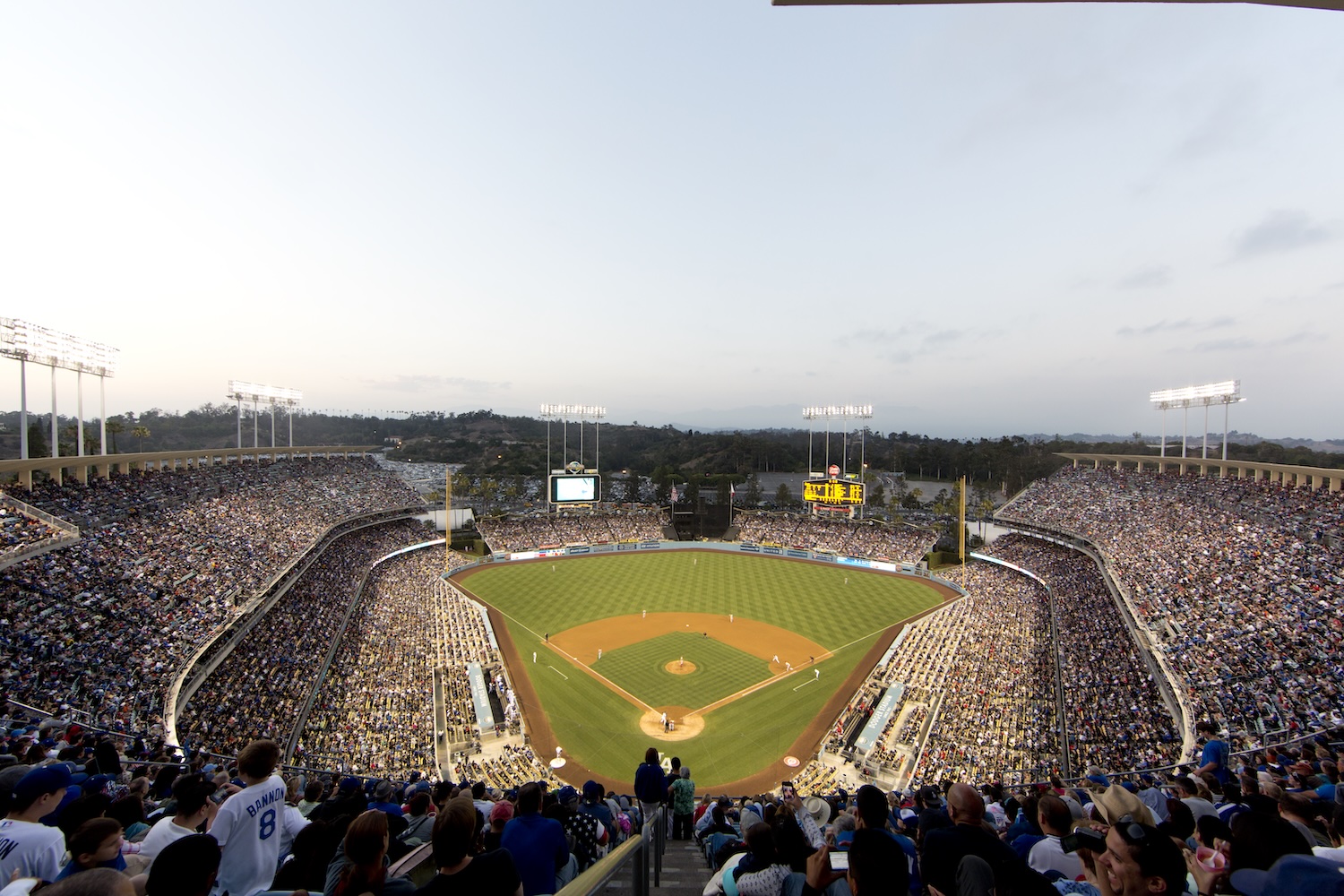Jon Jay's White Sox career was going to arrive at an early end one way or another.
The White Sox formally announced it on Friday by placing Jay on the injured list in advance of season-ending surgery on his right hip, which had hampered him all the way back in spring training and never wholly let up.
Even when he was healthy enough to play, it had caused his physical abilities to deteriorate. I'd noticed that his feet simply couldn't get him anywhere, but upon news of him going to the injured list, it prompted me to finally look up his sprint speed. Indeed, it took a major hit (measured in feet per second):
- 2017: 26.4
- 2018: 26.0
- 2019: 24.2
And so did his time down the line (measured in seconds):
- 2017: 4.44
- 2018: 4.50
- 2019: 4.64
For comparison, Eloy Jiménez is getting from home to first in 4.44 seconds this season, and Jose Abreu in 4.49. Jay is slower than either, even though he has a step or two of a head start as a lefty.
He also lost the ability to drive the ball, whether by looking at his average exit velocity:
- 2017: 84.0 mph
- 2018: 84.1 mph
- 2019: 80.6 mph
... or his spray chart from August:

Hit bat-to-ball abilities bought him some time -- 47 games' worth, specifically -- but he couldn't outrun the league in his diminished state:
- Total: .267/.311/.315 over 182 PA
- June-July: .324/.352/.392 over 110 PA
- August: .175/.246/.190 over 72 PA
Even if Jay were healthy enough to soldier through the rest of the season, there was no point in the White Sox running him out there. Surgery is probably the most painful logical end of his White Sox career, but the other ones -- DFA or riding the bench -- would have rivaled it in terms of bleakness.
* * * * * * * * *
With Jay undergoing surgery and Alonso playing out the string in Colorado, we can close the book on two of Rick Hahn's three free-agent acquisitions, and a third of his offseason haul. It's ... not good.
| Salary | bWAR | fWAR | |
| Jon Jay | $4M | -0.8 | -0.6 |
| Kelvin Herrera | $8.5M | -0.7 | 0.3 |
| James McCann* | $2.5M | 3.1 | 2.0 |
| Alex Colomé | $7.325 | 1.2 | 0.6 |
| Iván Nova | $9.16 | 2.2 | 1.6 |
| Yonder Alonso | $8M | -1.1 | -1.3 |
| Total | $39.485M | 3.9 | 2.6 |
(*McCann's subpar receiving puts him at 0.9 WAR according to Baseball Prospectus' defensive metrics. Sub in that number in either of the two valuations for a pre-Halloween scare.)
It's hard to see the last month of the season changing the remaining figures for the better. Herrera's throwing harder, but he's still not missing bats. Regression is having its way with Colomé, although Colomé has been able to shape the damage to accommodate save situations. McCann will probably be able to coast to the finish after Zack Collins comes up.
One could excuse the Jay and Alonso acquisitions as a failed-but-creative gambit to pay Manny Machado less than he deserved on the open market. The problem is that regardless of the underlying reasons, this past winter fits neatly alongside 2015 and 2016, offseasons where Hahn received an equally awful return on investment without any ulterior motives. He didn't buy himself any benefit of the doubt.
So while Jay will become an obscure Sporcle Saturday answer in the not-too-distant future, he also kinda becomes the most emblematic player of Hahn's offseasons. No matter how hard either of them appeared to be churning, neither of them could ever end up getting anywhere close to where they needed to be.






